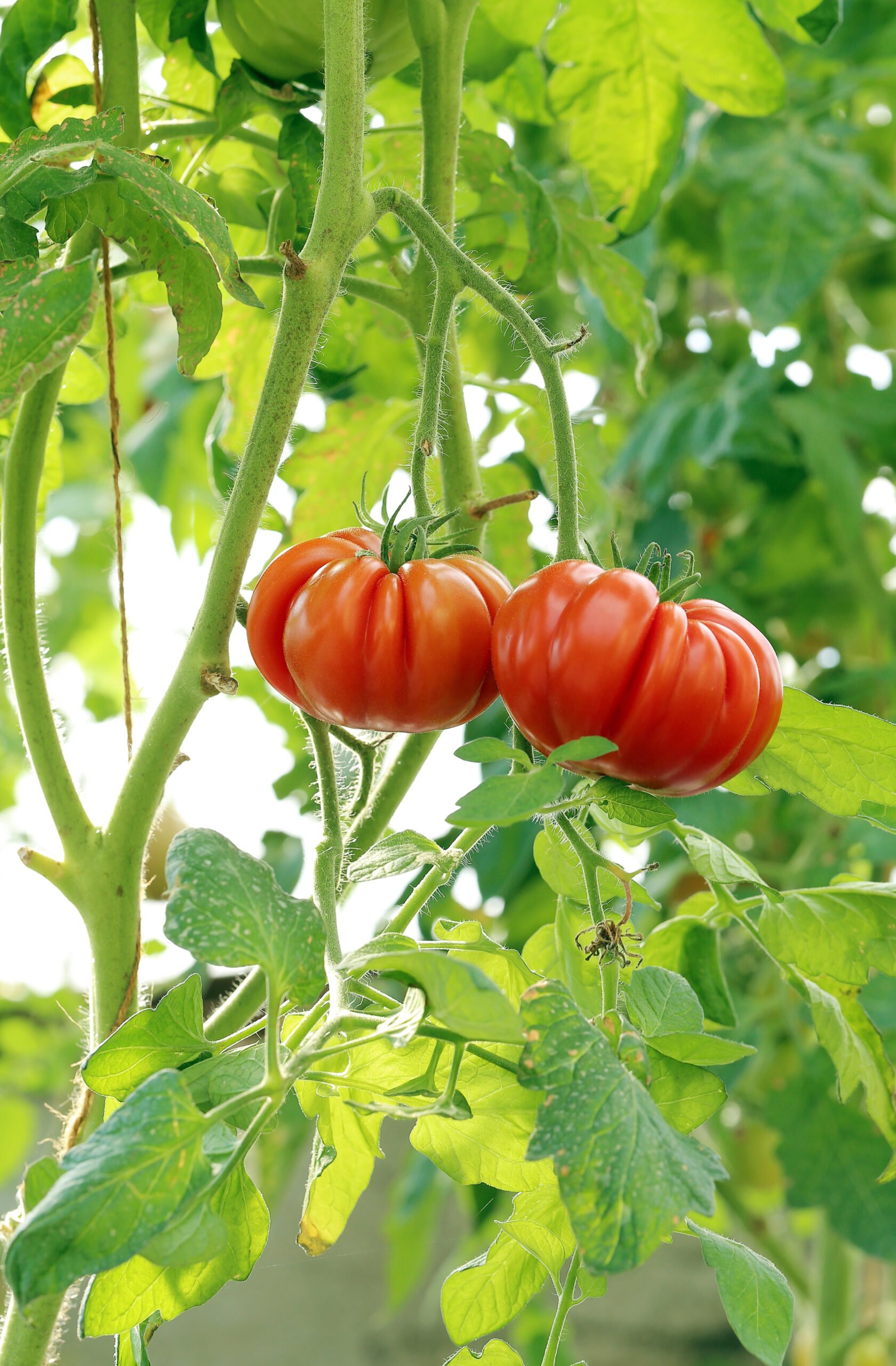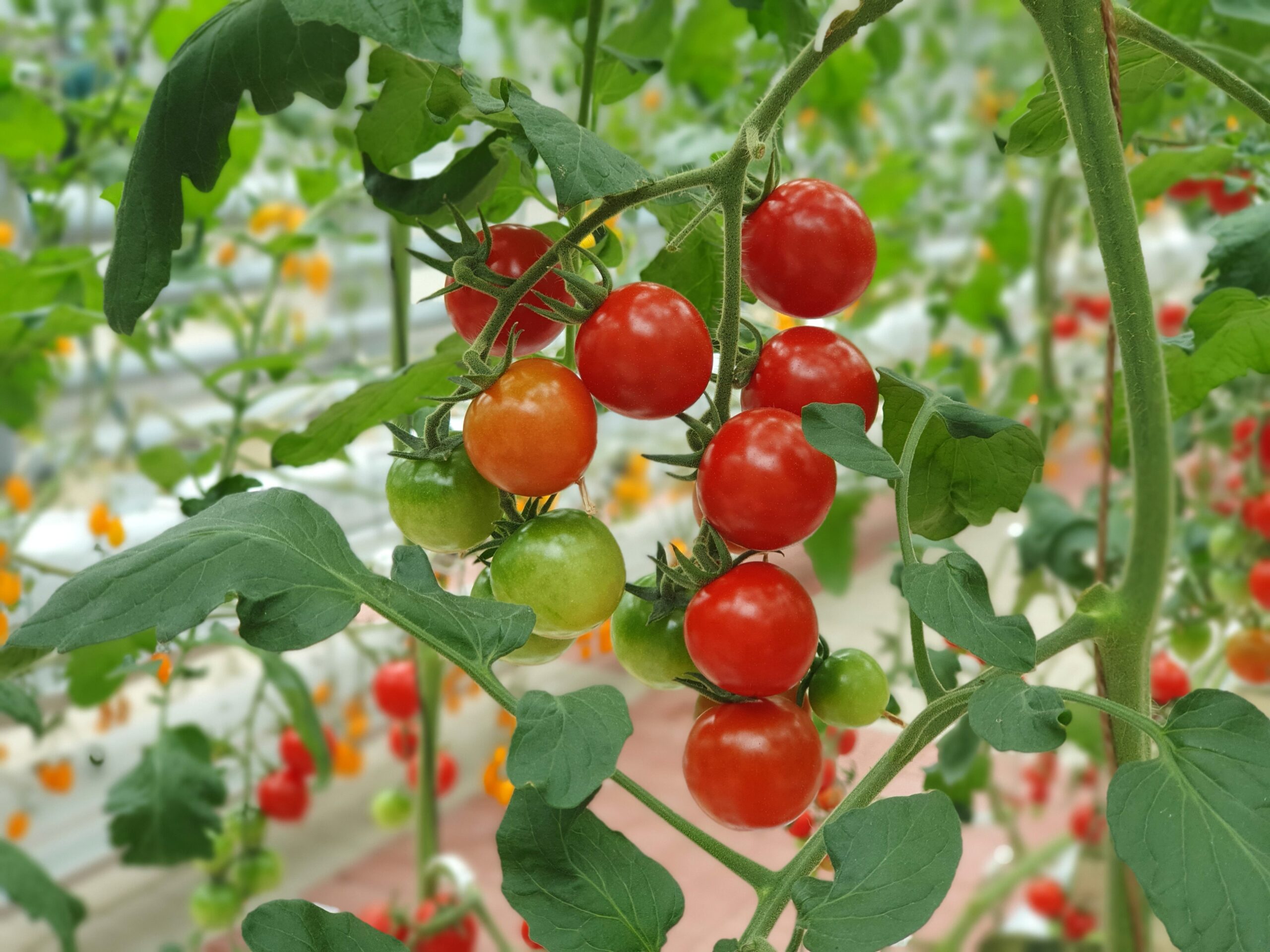
Feeding tomato plants in pots is crucial for achieving a bountiful harvest. However, knowing when to stop feeding your tomato plants can be as important as knowing when to start. In this comprehensive guide, we will discuss when to stop feeding tomatoes in pots, the consequences of overfeeding, and provide valuable tips to ensure maximum plant health and productivity.
Table of Contents
Signs That Your Tomatoes Have Had Enough
When it comes to nurturing your potted tomatoes, it’s crucial to pay attention to the telltale signs that they’ve had their fill. Here’s what to look for:
- Fruit Ripening: As your tomatoes reach the peak of their ripeness, they’ll naturally require fewer nutrients. Keep an eye out for those vibrant red hues and the gentle give when you give them a gentle squeeze. That’s your cue!
- Excessive Foliage: An overload of leafy growth can be a sign of overfeeding. If your tomato plants start resembling a jungle, it might be time to cut back on the food.
- Yellowing Lower Leaves: When the lower leaves of your potted tomato plants turn yellow and droop, it’s a sign that they’re diverting energy away from foliage growth. This means it’s time to reduce the feeding regimen.
- Slow Growth: If your tomatoes seem to be stuck in a growth rut, despite your best efforts, it might be a case of nutrient overload. Sometimes, less is more!
When to Stop Feeding Tomatoes In Pots

Now that you’ve got your detective hat on and are watching for those signs, let’s talk timing. Knowing when to stop feeding your potted tomatoes is all about understanding their growth stages:
- Early Growth (Seedlings to Young Plants): During this phase, your tomato plants need a hearty dose of nutrients. Feed them regularly, aiming for every 1-2 weeks.
- Flowering and Fruiting Stage: Once your tomato plants start to flower and bear fruit, they need a bit less nitrogen but more phosphorus and potassium. Reduce feeding to once every 2-4 weeks.
- Ripening Stage: As your tomatoes ripen, cut back on feeding to once a month or even less. They’re shifting their focus from growth to producing juicy fruits.
- End of the Season: When the growing season is winding down and temperatures drop, your tomatoes will naturally slow down. Stop feeding them entirely at this point.
Techniques On How To Stop Feeding Tomatoes
Now that you’re armed with the knowledge of when to stop feeding, let’s explore some practical techniques to ensure a smooth transition:
- Gradual Reduction: Instead of abruptly ceasing all feeding, gradually reduce the frequency and strength of your fertilizers. This gentle tapering helps the plants adjust without causing stress.
- Switch to Low-Nitrogen Fertilizer: In the later stages of growth, opt for a fertilizer with lower nitrogen content. This shift in nutrient balance supports fruit development and ripening.
- Mulching: Applying a layer of mulch around the base of your tomato plants can help retain soil moisture and reduce the need for additional feeding.
- Regular Pruning: Continue to prune any excessive foliage to redirect the plant’s energy towards ripening existing fruit.
Common Pitfalls to Avoid
Now that you’re equipped with all the right moves for ending the tomato feeding fiesta, let’s look at some common mistakes to steer clear of:
- Overfeeding: The biggest blunder is overdoing it with the fertilizers. Too much of a good thing can lead to excessive foliage growth at the expense of fruit production.
- Neglecting Watering: Remember that tomatoes need consistent moisture. Don’t forget to water them adequately, especially during dry spells, as this can impact nutrient absorption.
- Ignoring Soil Quality: Neglecting the quality of your potting mix can hinder nutrient uptake. Ensure your soil is well-draining and rich in organic matter for optimal results.
Conclusion:
In the thrilling journey of growing tomatoes in pots, knowing when to stop feeding is like the grand finale of a fireworks show – it’s the perfect ending that leaves you craving for more. Keep a close eye on those telltale signs, adjust your feeding schedule accordingly, and your tomatoes will reward you with a bountiful harvest that’s bursting with flavor.
So, as you tend to your potted tomatoes, remember this golden rule: when they start singing “no more,” it’s time to bid adieu to the feeding frenzy. Cheers to your juicy, homegrown tomatoes, and may every bite be a taste of success!
